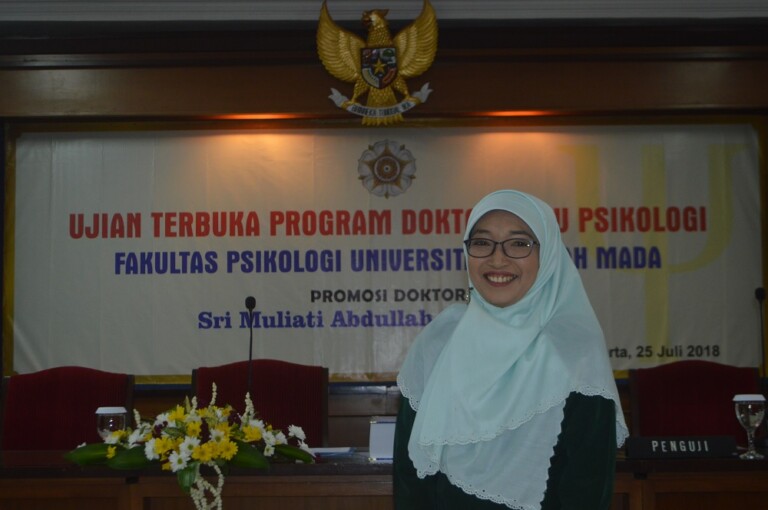
Advancement in medicinal chemistry and computational chemistry has allowed researchers to design compounds that predictably have good and safe biological activities as their physical-chemical characteristics have been virtually computer-tested. The method for virtual screening can be quantitative structure-activity relationship (QSAR) and molecular docking.
Isnatin Miladiyah has researched into the serial effectivity of xanthone compound as anticancer, its potential as co-chemotherapy for standard drug with combination test, analysis of QSAR and molecular docking towards several anticancer receptors.
“One of potential compounds to be developed as anticancer is the derivatives of xanthone,” said Isnatin in her doctoral promotion on Wednesday (25/7) at Faculty of Medicine, Public Health and Nursing UGM.
Previous research suggested that isolate of xanthone compound has the effect to the increase of apoptosis and cell-cycle inhibitors by triggering caspase enzymes, increasing protein Bax, inhibiting Bcl-2 and inhibiting various cyclins.
She added inhibitors of COX-2, VEGF, and telomerase in cancer therapy correspond to the cancer metastasis process. Most of cancer patients have died not because of their primary cancer but because of the distant metastasis. She considered it rational to explore anticancer therapy that is directed towards inhibitors of COX-2, VEGF, and telomerase that have significant role in cancer metastasis.
She found that selected QSAR equation that is used to design the xanthone compound structure with better predictive cytotoxic activities has produced 60 suggested compounds for WiDR cells, and 70 suggested compounds for Raji cells.
“Testing of potential of combined use of TTX with doxorubicin as co-chemotherapy towards Raji cells showed that TTX and doxorubicin are synergistic strongly to very strongly,” said the medical lecturer from UII.
The outcome of molecular docking of xanthone 5 and TTX towards various protein receptors according to cancer pathogenesis showed that affinity of ligand compound 5 and TTX is biggest towards receptor of Cdk2 and COX-2 so it is highly possible that through these two receptors the xanthone compound has worked as cytotoxic agent.
She said xanthone compound is more effective to WiDR cancer cell line than Raji cell so it calls for cytotoxic testing of cancer cell line of other epithelium.


